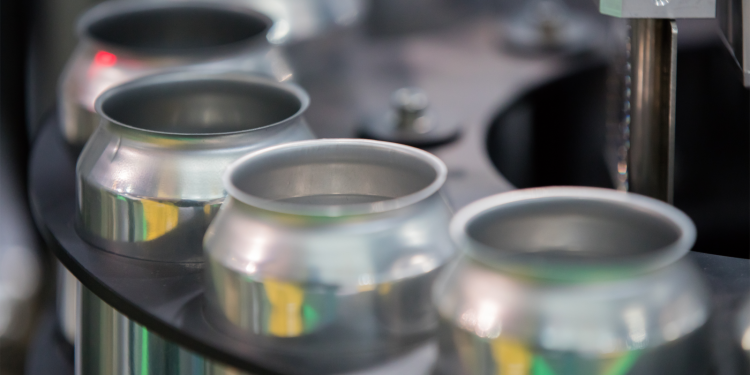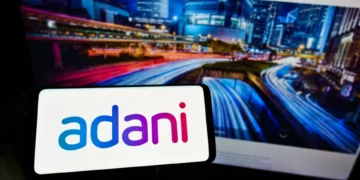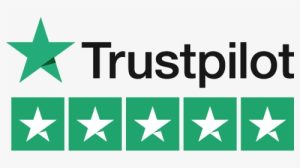Nampak Ltd. is taking advantage of the supply-chain interruptions that have facilitated a deficiency of glass bottles, Erik Smuts, Chief Executive Officer of Nampak, stated in an interview. In addition, the COVID19 pandemic has also encouraged an increase in the demand for the kind of opportuneness and shelf-stable food that utilises the wrapping Nampak fabricates, Smuts stated.
Demand for aluminium and tin cans is on the surge in Africa, steering a boost to the most indebted packaging firm on the African geography and the Middle East.
The trend might be an intermission for Nampak, which has witnessed its shares plunge 80% over six years as debt grew and a comparatively weaker rand weighed on the American dollar designated loans. Nampak did not pay an annual dividend in that term. Gross debt declined to ZAR 5.9 billion (USD 0.38 billion) as of the dusk of September 2021, from ZAR 6.9 billion (USD 0.45 billion) a year earlier.
Smuts stated that the demand for Nampak’s cans was afloat. He highlighted that the glass industry agonised a dreadful time since the firm’s conception.
South Africa utilised alcohol bans to try and regulate hospitalisations during the coronavirus pandemic. As a result, glass producers struggled with inhibited stock after debarring blueprints for new glass manufacturing plants.
International shipment adjournments and surging freight rates have also hindered the capability of colossal drink firms like Distell Group Holdings Ltd. and Anheuser-Busch InBev SA to import bottles, another aspect in the shift to cans.
Smuts noted that there was not enough glass available for the beer producers to parcel their beer. So instead, beer producers sought aluminium beverage cans to package their beer into, which eventually emerged as a more popular packaging option.
Dormant demand for tin cans is also enhancing with surging South African food rates, as they tend to parcel lower-end products. Nampak is also well situated to take advantage of the global shift away from single-utilisation plastic bottles, which are now barred in some European nations.
Nevertheless, growth strategies require investment, and Nampak has to balance expenditure with exertions to inhibit debt.
Smuts stated that there was still a lingering risk. At some phase, all this demand for tin transforms into cash, but at the moment, it is something that the firm has to finance as it is a fine boundary to manage all of it. Smuts noted that the firm was still under pressure from the banks to reimburse some investment.
About Nampak
Nampak is one of Africa’s biggest packaging producers and delivers the most comprehensive product range, producing metal, paper, glass, and plastic packaging. The firm encompasses several segments that focus on its exclusive packaging materials, machinery, and products. Independently, the conglomerate’s various factions are industry-pioneering suppliers to the chiefly concentrated markets that it delivers.
Amalgamating forces comprehensively within Nampak’s operational units augment the firm’s solidity in products whilst reinforcing Nampak as an international supplier of packaging solutions. The firm mainly fabricates a profit to help place and deliver the best products for consumers across the plastic, paper, metal, and glass substrate.
Nampak’s colossal portfolio of packaging solutions witnesses implementation mainly in the F&B industry, alongside household and industrial products, cosmetics and toiletries, cigarette and tobacco industries, and pharmaceutical and medical sectors.
With a geographical presence that spans upwards from South Africa via the rest of Europe and Africa itself, Nampak is tactically situated to adhere to almost every consumer’s necessity either regionally or via export. In addition, Nampak delivers an array of value-added services, including the supply of dedicated equipment, package fabrication, technical support, and one of the pioneering research and developing units around the globe.


















